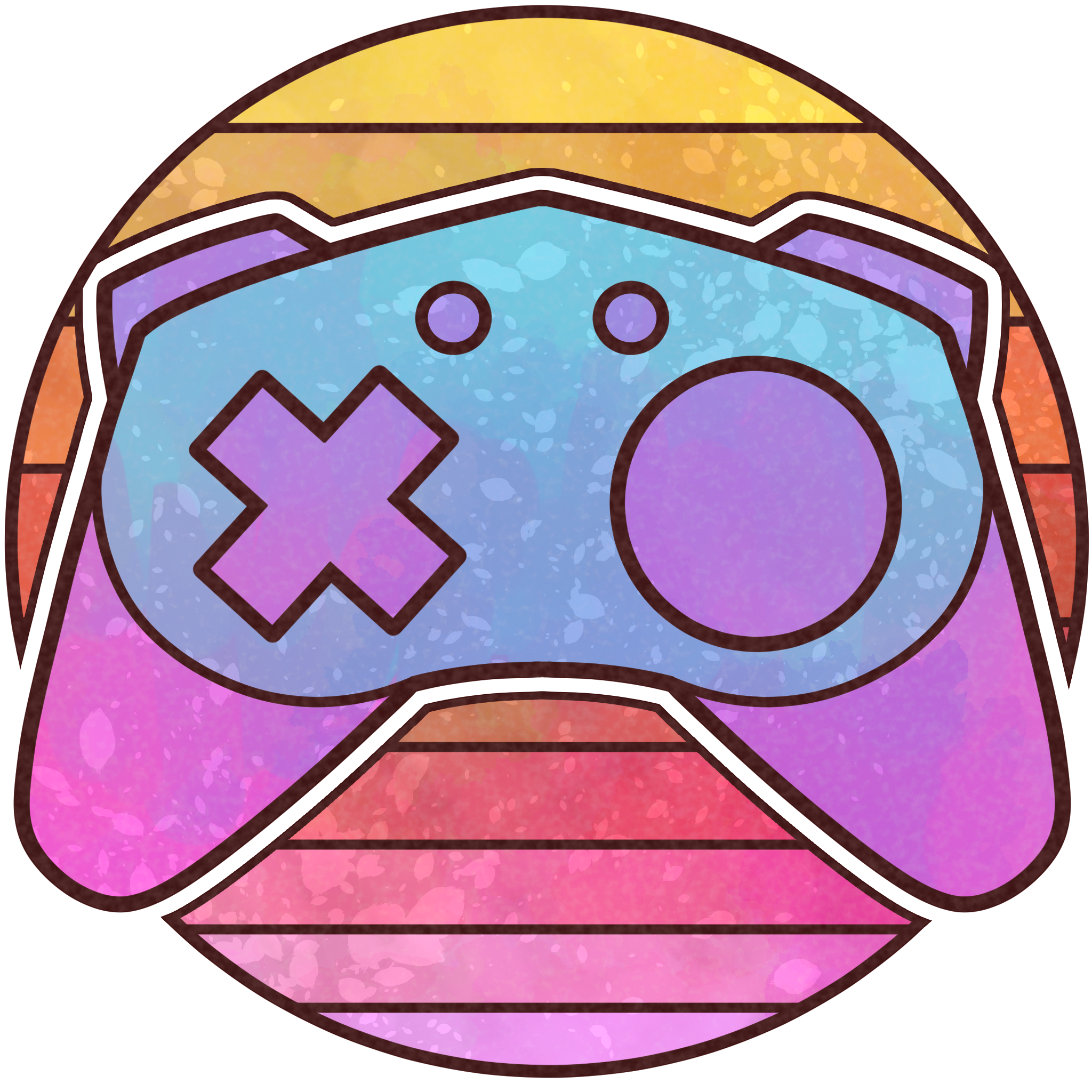This bat game is a third-person bat simulator made in Unity. The goal for this game was to emulate the experience of being a bat, exploring your world with echolocation.
I wanted to give players the opportunity to explore a relatively mundane space in a very interesting way. By "removing" the conventional sense of sight, gaining knowledge of your surroundings becomes a conscious decision, which I found very compelling both visually and kinesthetically.
* * * * *
Solo Work - 3 Weeks - School Project (Year 4)

A Bat Game
I learned a ton in this project, most of which does not directly involve any part of the design process, but adds to my growing toolbox of abilities to implement my designs effectively. This project was also a fantastic display of my ability to learn quickly and act effectively enough on things unfamiliar with me.
I didn't get a few things on my wishlist into this project, mainly due to the 3-week time limit. The landing mechanic isn't as visually fleshed-out as I would like, either. I think that, given another twenty hours of work or so, I could get some of the more exciting items in, such as collectables and things of that nature.
The bat game is a prime example of my superpower. I love learning, and everything I learn pushes my ability to design wonderful experiences further than before.
Synopsis
Starting Out
This project was ambitious, especially for how many parts of it I didn't know how to accomplish. I needed to know character modelling, rigging and animating. I needed to know shaders. I needed to know complex audio effects. I knew none of these things at the start.
I also put a lot on my plate. Not only had I planned for an echolocation effect to emanate from the bat, but from ambient objects like waterfalls and the wind as well. I had a crawling mechanic planned to expand upon the landing and takeoff mechanic. I only had 3 weeks to do all of that.
Obviously, things needed to be cut. I wrote down the core of the experience of being a bat, echolocation, clinging to surfaces and flying. I decided that everything else can be scrapped. Basic audio would be fine. Moving forward with this initial list probably saved the project, because working on a bunch of unnecessary mechanics that, at the end of it, didn't contribute as much as the core experience would have sunk the entire game.

Hurdles
I learned how to rig and animate in the afternoon before I started playtesting. I knew that, without the animations, the odd-looking static bat model would serve as a huge distraction from the rest of the project for testers, especially with this game focused to closely on the kinesthetic experience of bat movement.
With animation out of the way, testing went well. People responded strongly to the echolocation visuals, although a pattern of feedback involving players' lack of depth perception arose. My solution to this was almost a mistake with how well it worked -- I strapped a light to the bat that only affected the luminance of the echolocation effect, basking anything within a certain range a light green tint before fading out into white and eventually grey. This made depth perception a lot more readable, especially without any perception of motion.
